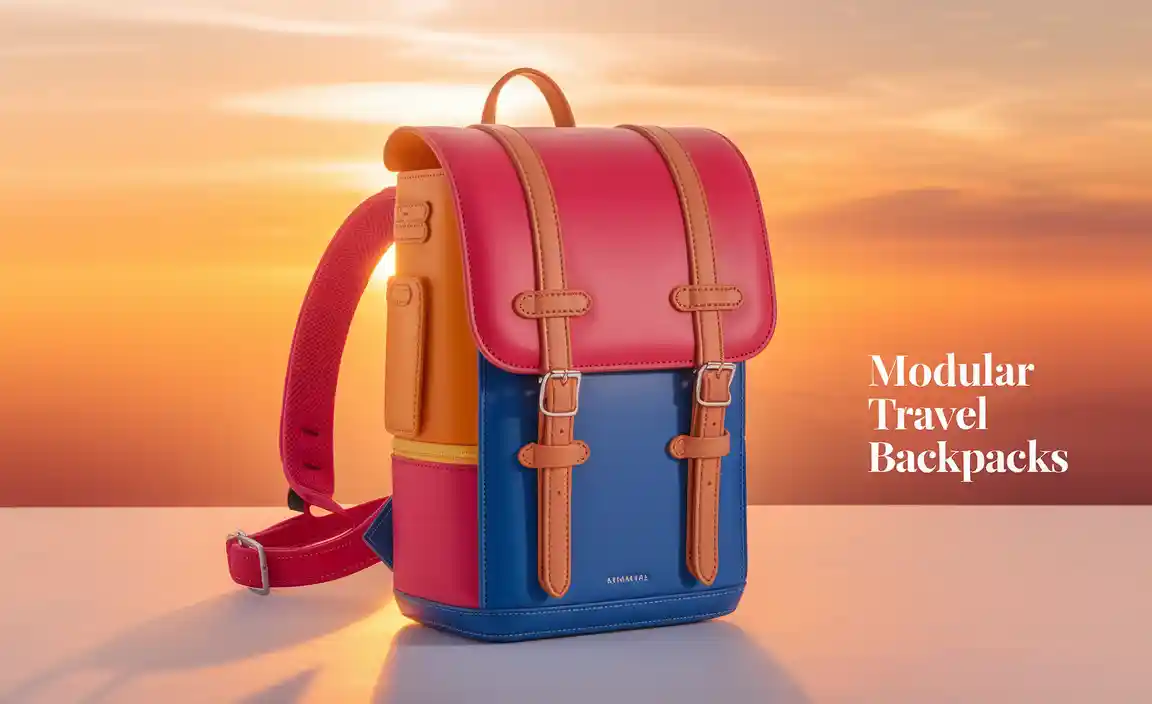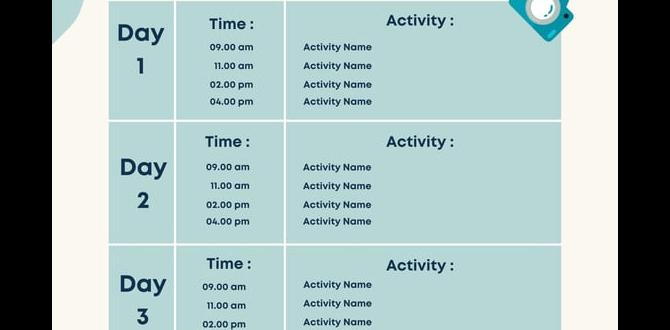Choosing the right diaper size for new parents can be daunting for their baby. The first concern is ensuring their baby has enough room to move comfortably.
A too-large diaper could lead to accidental exposure and waste too often, while one too small could result in discomfort, rashes, or difficulty breathing.
Before you run out and buy a pack of diapers, it’s important to understand the general sizing guidelines for newborns and how these sizes can change as your baby grows.
We will provide easy ways to choose the right diaper size for your precious one, along with safety tips, factors to consider, and common mistakes to avoid. We will also cover how to measure your baby’s waist, choose the right type of diaper, and check for leaks once you have the perfect fit.

What Is The Right Diaper Size For A Newborn?
Determining the right diaper size for newborns is important to ensure a comfortable and leak-free experience. Selecting the size according to the baby’s weight and physique is essential. For babies who weigh up to 6 lbs, preemie diapers provide an extra-snug fit.
Size 1 diapers are designed for babies who weigh 8-14 lbs, while size 2 is for babies who weigh 12-18lbs. Size 3 diapers, on the other hand, are appropriate for babies who weigh 16-28 lbs.
It’s important to remember that manufacturers’ sizing charts may vary, so it’s best to try a few different brands and see which fits the baby better. Diaper sizes must be picked based on their fit, not just the weight group, to minimize the risk of leaks or discomfort.
7 Easy Ways How To Choose Diaper Size For Newborn
There are several factors to consider when choosing the right size diaper for your newborn. Age, height, weight, and activity level can help you determine the appropriate size. Here are some other factors to consider when choosing diaper size for a newborn:
1. The Type Of Material:
Some diapers are made from natural fibres such as cotton or hemp, while others are made from synthetic materials such as polyester or rayon. Choose a diaper made from natural fibres to avoid irritation or allergies in your baby’s skin. However, choose a diaper made from synthetic materials to avoid wetness or odour issues.
2. The Weight Of The Diaper:
Newborns have sensitive skin and may be prone to rashes or diaper rash if they wear too heavy. If you choose an overly large diaper, it might not fit properly and could lead to leakage and discomfort for your baby. Conversely, if you choose an undersized diaper, it will take longer to dry and could lead to frequent changing of the diaper.
3. The Absorbency Level:
Diapers come with different absorbency levels (or amounts of moisture they can hold) indicated on the package. A high-absorbency diaper is ideal for keeping your baby dry, while a low-absorption one is more suited for overnight use when your baby is older and can control their bladder better.
4. The Fit:
A too-tight diaper can cause uncomfortable pressure on the baby’s skin, while a too-loose diaper will not hold in enough moisture and can lead to leaks. Choosing a diaper that fits your baby snugly but comfortably is important.
5. The Waistband Size:
Diapers come in different sizes depending on the waistband width. Choose a size that fits comfortably and does not feel too tight or loose.
6. The Type Of Fasteners:
Some diapers come with snap-in fasteners, while others come with Velcro. Snap-in fasteners are preferred because they are easier to use and take less time to diaper your baby. However, Velcro fasteners are also acceptable and hold longer than snap-in fasteners.
7. The Material:
Some diaper materials are better suited for specific climates or situations. For example, disposable diapers made of cloth are ideal for warmer climates because they do not absorb moisture, as well as disposable diapers made of plastic.
Factors To Consider When Choosing A Diaper Size For A Newborn
When choosing a diaper size for a newborn, it is important to consider several factors. First, the age of the baby is an important factor to consider. A too-small diaper can cause the baby pain and irritation and lead to unhealthy habits such as increased exposure to bacteria and yeast due to leaks or blowouts.
Another factor to consider is the weight of the baby. A too-large diaper can lead to back and hip pain, which can be especially problematic for multiple infants underweight for their age. The type of fabric used in the diaper should also be considered.
Many parents choose cotton diapers because they are easy to clean and dry. However, some babies have allergies or sensitivities to certain materials, so choosing a diaper material that works well for your baby’s needs is important.
Safety Tips For Choosing The Right Diaper Size For A Newborn
When choosing the right diaper size for a newborn, it’s important to consider factors such as the baby’s age, height, and weight. Choosing a diaper size that matches the baby’s current diaper usage is also recommended.
While it’s important to consider your baby’s individual needs, it’s equally vital to select a diaper size appropriate for your household. For example, if you’re using cloth diapers and want a disposable diaper as a backup, choose one with tabs rather than tapes.
Another factor to consider is your budget. Diaper costs vary across different brands and sizes, so choose one with good reviews and is in line with your budget. In addition to this, make sure you choose a diaper size suitable for your baby’s weight.
Every infant grows at their own pace, so choosing a diaper size that fits them comfortably at first may be too big or too small once they grow out of it.
How To Measure Your Baby For The Right Diaper Size
Choosing the right diaper size for newborn babies is important to keep them comfortable and dry. The diaper size should be based on the baby’s weight, not age. It is important to test the diaper fit on the baby to ensure the correct size, as every baby is unique.
Disposable diaper brands typically follow uniform sizing, while cloth and hybrid diaper brands do not. It’s essential to know that you may need to change to a larger size with each growth spurt. Parents should consider the physique of each child when choosing diapers, as they can adjust the size of the diaper according to the child’s shape and size.
An online diaper calculator can help determine the average amount of diapers used per day. This will also help you calculate and estimate the number of diapers you need to purchase in the coming weeks, helping you save time and money. By considering these simple considerations, you can easily determine the right diaper size for your precious little one.
Common Mistakes When Choosing A Diaper Size For A Newborn
Choosing a diaper size for a newborn is an important decision, as it will determine how long the diaper can hold waste and the comfort level the baby will have while wearing it. Here are some common mistakes that you should avoid when choosing a diaper size for your newborn:
- Don’t choose a diaper size based on your baby’s age: Babies grow at different rates and have varying amounts of waste. A diaper size that’s too small could lead to diaper rash or discomfort, while one that’s too large could cause leakage or lead over-wetting. Instead, choose a size based on your baby’s weight and growth rate, not age.
- Don’t rely on averages: Diaper sizes can vary from brand to brand and even within the same diaper line, so feel free to try different sizes until you find one that fits your baby well.
- Remember your baby’s rear end: Remember your baby’s behind when choosing a diaper size! Some absorbent diapers are designed specifically for rear ends.
- Remember about waist size: Diapers fit differently on different sizes of waistlines. If your baby is on the larger side, try going up a size in the diaper size chart.
Different Types Of Diaper Sizes And Their Benefits
Diaper sizes come in various shapes, sizes, and styles to meet the unique needs of babies and parents. Sizing diapers is an important step in ensuring proper fit, which helps prevent diaper rash, leaks, and other problems. Here are some types of diaper sizes and their benefits:
- Prefolds: These are square or rectangle-shaped cloth diapers folded into thirds. As the well-baby ages, you can use them as covers, and they are perfect for gentle diapering.
- Pocket Diapers: These are fitted diapers with an extra insert that you can use for dirty or wetness protection. You can use them as covers when your baby starts solids.
- Thirsties are one-size diapers that fit most babies from 8 to 35 pounds. They have a fleece lining to wick away moisture and a snap closure at the bottom to prevent leaks.
- All-in-ones (AIOs): These are one piece of cloth diaper with no inserts or covers needed to use it as a cover. It is ideal for newborns until they start using disposables.
- Prefolds, pocket diapers, and all-in-ones can also be used as overnight diapers.
How To Check For Leaks With The Right Diaper Size
Leaks in your baby’s diaper are one of the most common issues parents face, but it doesn’t have to be a problem. You can take several steps to check for leaks and address them. First, check the seams of the diaper for any loose threads or damaged areas. You should look for a new diaper with stronger stitching if you see any.
Next, look at the back of the diaper for any signs of damage or wear. It might be time to invest in a new diaper if worn too much. Another way to check for leaks is by looking at the insert. Is there any liquid coming out of the sides or bottom? Or could a hole in the insert be causing the leak?
If you notice any of these signs, it’s time to replace your diaper and try a new one. Finding a diaper with a better fit and materials that won’t cause leaks could be a matter.
Conclusion
Choosing the right diaper size for a newborn can overwhelm new parents. Remember that the right size is critical to ensure your baby’s comfort and health. You can select the right size by following the easy hacks and tips mentioned. Remember that your baby’s weight, waist size, and age must be considered when selecting a diaper size.
Ensure the diaper fits well and check for leaks to prevent diaper rash or discomfort. We will provide tips on choosing the right diaper size for a newborn. By following these guidelines, you ensure that your little one is properly protected from allergies and leaks.
Frequently Asked Questions
[rank_math_rich_snippet id=”s-d0fff408-bd59-4a84-86f8-0c4958c1112d”]








